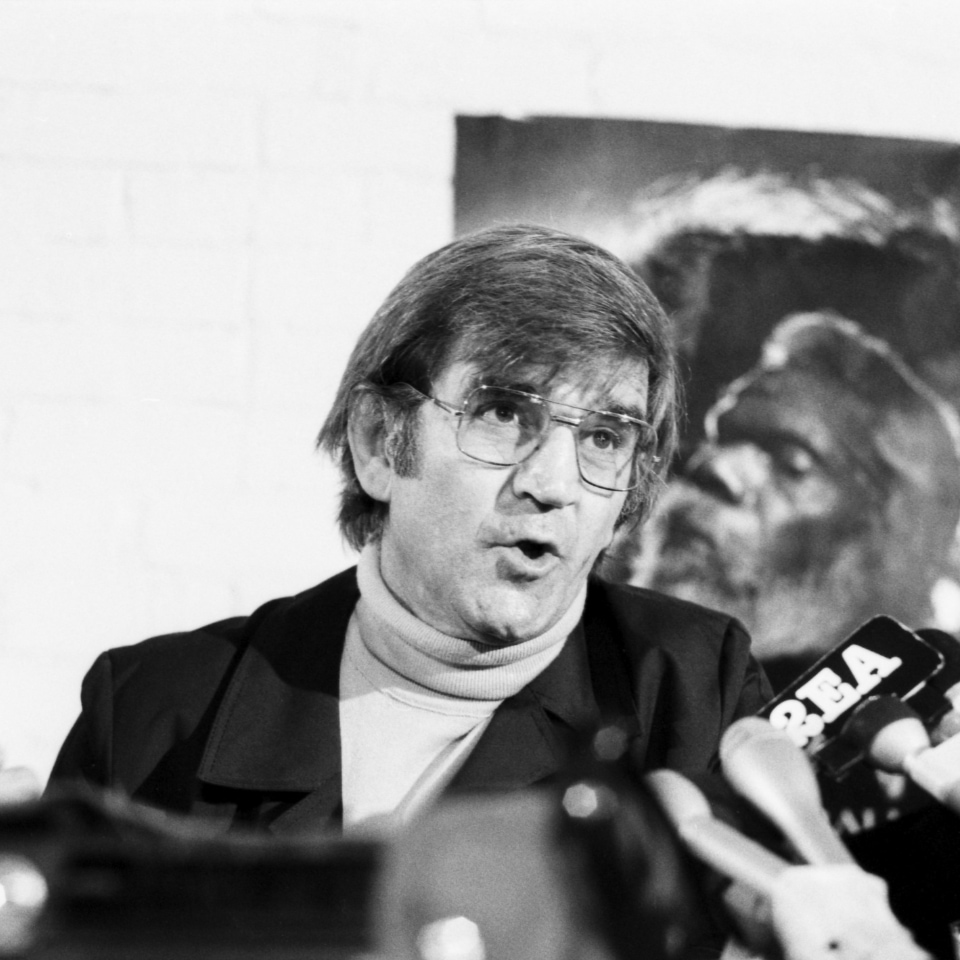The start of everything
When Fred was working at the Prince of Wales Hospital in Sydney in the late 60s, he was asked to see two senior Aboriginal men from Wattie Creek (Daguragu) in the Northern Territory. They had eye problems that Fred had never seen before. In fact, they had eye problems that doctors at that time thought were exclusive to Africa –they’d never been seen in Australia.
This sparked Fred’s interest, so he visited the men at Wattie Creek. When Fred began examining people there, he was shocked by the prevalence of blinding trachoma and cataract in men, women and children – a disease he didn’t think existed in modern-day Australia. Fred came back to Sydney fired up. He couldn’t believe the huge gap in living conditions and access to basic health care experienced by Aboriginal people, compared with the rest of Australia.
We cannot go on as a modern country living with this scandalous situation of Aboriginal living conditions in Central Australia.
Aboriginal medical centre
Still fuming over what he’d seen at Wattie Creek, Fred was asked by the Redfern Aboriginal Legal Service to attend one of their meetings. The legal service was being swamped by people with medical problems. At that time in Australia, Aboriginal and Torres Strait Islander people weren’t welcome in some doctors’ surgeries and got pushed to the back of the line in some public hospital clinics.
That evening, a group made up of Aboriginal and Torres Strait Islander people and non-Indigenous people determined an Aboriginal Medical Centre was needed. They decided to locate it in Redfern, Sydney, where it got off the ground in record speed – ten days to be exact. Fred got a truck and stocked the centre with medical supplies from the Prince of Wales Hospital. The Centre was so successful that it was replicated around Australia – sticking to the principle that medical centres for Aboriginal and Torres Strait Islander people should always be staffed and managed by themselves.
You have to get people involved, you have to mobilise them, you have got to make the health system part of them.
Close the gap campaign
Aboriginal and Torres Strait Islander children generally have better vision than other Australian children, but as adults, Aboriginal and Torres Strait Islanders are three times more likely to go blind.
The poorer health and high burden of disease of Australia's Aboriginal and Torres Strait Islander peoples compared to the non-Indigenous population is no secret. However, something can be done. Since 2006, Australia's peak health bodies, NGOs and human rights organisations have worked together to achieve health and life expectation equality for Australia's Aboriginal and Torres Strait Islander people. This is known as the Close the Gap Campaign, and The Fred Hollows Foundation actively participates in and supports the steering committee.
Today, there’s still a ten-year gap in life expectancy between Aboriginal and Torres Strait Islanders and non-Indigenous Australians. Poor eye health and a lack of easy access to services play a part in this. The Close the Gap campaign is working to close this unacceptable health and life expectancy gap within a generation. By coming together to improve health systems, advocate for bipartisan support and long-term funding and solutions, we believe that by 2030, every Aboriginal and Torres Strait Islander child will live a long and healthy life – like any other Australian child.
Reconciliation and The Foundation
The Foundation’s vision for reconciliation is grounded in Fred’s deep commitment to, and respect for, Aboriginal and Torres Strait Islanders. The key part of our mission is to work with partners to deliver high quality and culturally appropriate eye care services. Our aim is to make these services more accessible to Aboriginal and Torres Strait Islander people in remote and underserved areas of Australia.
We take an active part in campaigns such as Close the Gap, Recognise (constitutional recognition), NAIDOC and Reconciliation weeks. We also strive to maintain a 50 per cent or higher employment rate of Aboriginal and/or Torres Strait Islander staff within our Indigenous Australia Program. And finally, it’s part of our guiding principles not to compete for funding with Aboriginal and Torres Strait Islander organisations.

